Another Tesla Owner is Blaming Autopilot for a Crash

Yet another owner of a Tesla is blaming the brand’s Autopilot system for a crash.
According to a member of Tesla Motors Club, the crash took place late at night when the Model X “drove off the road” while Autopilot was active, hitting a number of wooden stakes that were in the ground to support a guard rail. The crash happened in Whitehall, Montana, while the Model X was travelling between 56 and 60 mph. The front right hand side of the Model X suffered some serious damage, though the occupants of the vehicle were unharmed.
Autopilot is a semi-autonomous driving system that is able to take over all of the controls from the driver including steering and braking, though Tesla explicitly says that drivers are not supposed to take their hands off the wheel and are supposed to be in control at all times. The company also says that Autopilot should not be used on roads without a center divider, which wasn’t present in this case.
SEE ALSO: Feds Investigating Autopilot Involvement in Tesla Model X Rollover
When drivers activate Autopilot, a pop-up on the screen explains to them that the system “is an assist feature that requires you to keep your hands on the steering wheel at all times.”
Two other accidents in as many weeks have been blamed on Autopilot, attracting enough attention that the National Highway Traffic Safety Administration has begun an investigation into them, to make sure that the system was working as advertised.
Neither Tesla or NHTSA has commented on this latest crash.
[Source: Tesla Motors Club]

Stephen covers all of the day-to-day events of the industry as the News Editor at AutoGuide, along with being the AG truck expert. His truck knowledge comes from working long days on the woodlot with pickups and driving straight trucks professionally. When not at his desk, Steve can be found playing his bass or riding his snowmobile or Sea-Doo. Find Stephen on <A title="@Selmer07 on Twitter" href="http://www.twitter.com/selmer07">Twitter</A> and <A title="Stephen on Google+" href="http://plus.google.com/117833131531784822251?rel=author">Google+</A>
More by Stephen Elmer



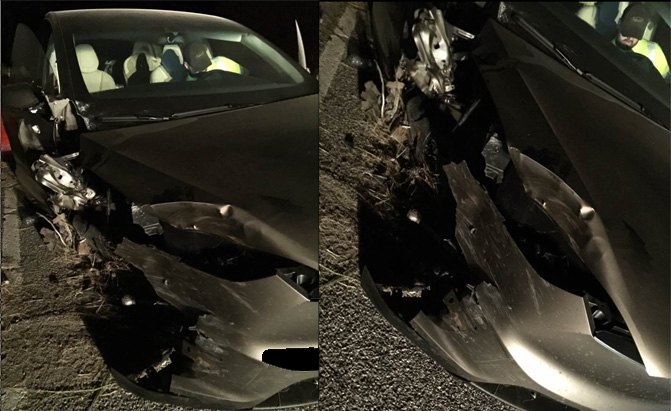













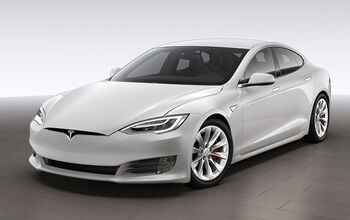
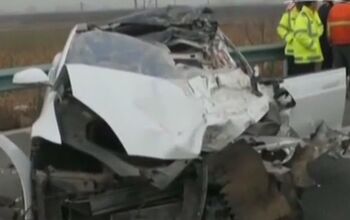
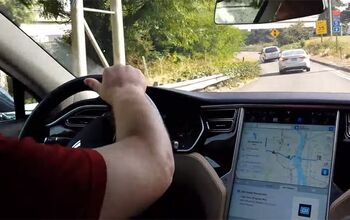
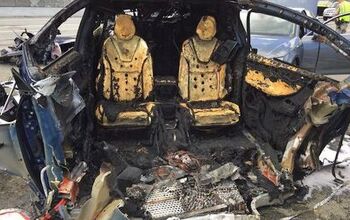

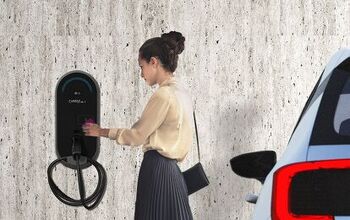

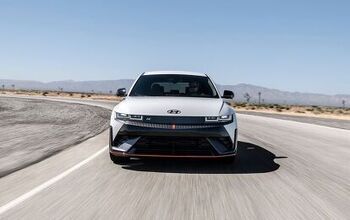





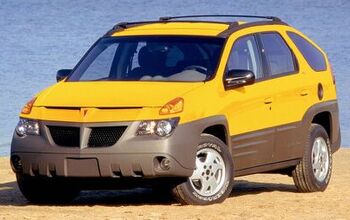
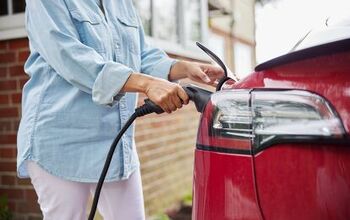
Comments
Join the conversation
For what it's worth; pictures of the road in question have already popped up on the internet. It is a long straight road with clearly delineated edges and a double solid yellow line running down the middle.
There are different levels of "autonomous" or "self-driving" cars. Level 4 means the car is full self-driving and can perform all safety-critical driving functions and monitor roadway conditions for an entire trip. Teslas are Level 2 which consists of automation of at least two primary control functions designed to work in unison to relieve the driver of control of those functions. An example of combined functions enabling a Level 2 system is adaptive cruise control in combination with lane centering. Drivers are still expected to pay attention to traffic and road conditions. Tesla reminds the drivers of the system's limitations Every time the driver wants to use Autopilot, they have to acknowledge that the system is an "assist feature" that requires them to keep both hands on the wheel at all times. They are told they need to "maintain control and responsibility for your vehicle" while using the system, and they have to be prepared to take over at any time. The owner's manual also has similar warnings too. Warning: Do not rely on Speed Assist to determine an accurate or appropriate cruising speed. Always cruise at a safe speed based on traffic and road conditions. Warning: Do not depend on Traffic-Aware Cruise Control to adequately and appropriately slow down Model S. Always watch the road in front of you and stay prepared to brake at all times. Traffic-Aware Cruise Control does not eliminate the need to apply the brakes as needed, even at slow speeds.